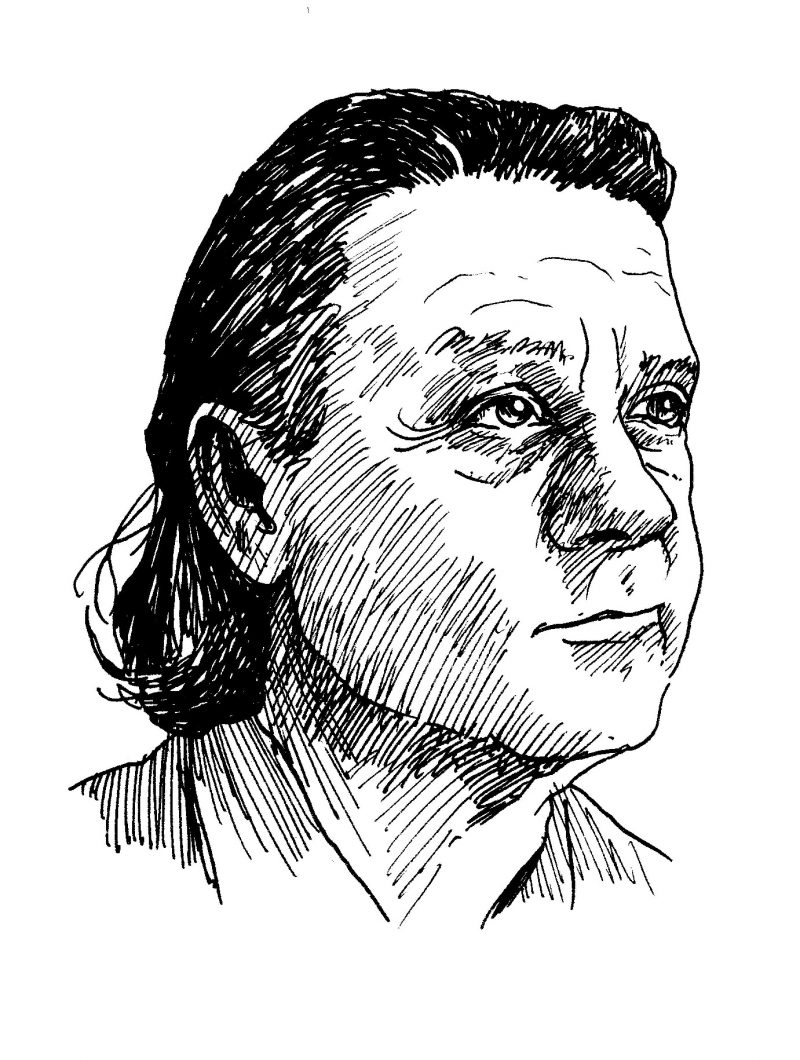As a teenager in his hometown of Vancouver, British Columbia, Jeff Wall painted huge canvases—fifteen feet wide and inspired by Robert Motherwell—working out of a shed in his family’s backyard. At the University of British Columbia he experimented in conceptual art, emulating, as one curator later observed, “the flat-footed stylelessness of technical manuals, cheap brochures, and the most banal diagrams and photographs.” When he was twenty-three, his roughly assembled black-and-white pamphlet Landscape Manual was included in a landmark conceptualism exhibit at the Museum of Modern Art. In 1970 he started, then abandoned, a PhD in art history at London’s Courtauld Institute of Art; his proposed thesis delved into Marcel Duchamp’s ready-mades. He returned to Canada, taught, and figured he might make a film.
But when he “drifted into” photography (as he recently put it), he came to realize he could use the medium to address all of the complex and seemingly conflicting ideas that had absorbed him for years—aspects of the old pictorial tradition, film, and the avant-garde. His first solo show, at a small Vancouver gallery in 1978, signaled the arrival of an important, fully formed artist. Before the show ended, his breakthrough work, The Destroyed Room, had been bought by the National Gallery of Canada. (In 2006, the photograph would grace the cover of a Sonic Youth album with the same title.) Along with a small circle of his contemporaries, Wall would transform photography into a natural peer of the painterly tradition: landscapes, still lifes, and, most famously, exquisitely staged (and often digitally crafted) scenes, in which the real and the imagined exist seamlessly side by side. Wall called his art “cinematography.” For many years, his pictures were exhibited as large color transparencies mounted on fluorescent light boxes. Their size suggested the grandeur of oil painting from centuries past—but they glowed like bus-top advertisements.
Wall is obsessed by each tiny detail—a pose, a sliver of shade. But he’s also preoccupied by the sheer physical beauty of a picture, whether it’s of a pile of logs or a scene from Ralph Ellison’s novel Invisible Man. His subjects aren’t easily bound together. His early work tackled larger philosophical issues—in the history of art, but also in Marxist and feminist theory.
Wall and I first met at one of his Vancouver studios in the spring of 2013. His hair, brushed back, fell to his shoulders. He looked smart: jeans, sneakers, cardigan. He was in the middle of two new projects, neither of which he was prepared to discuss. His photographs take months to complete and the process is like that of making a film. He builds sets. He hires casting agents. ...
You have reached your article limit
Sign up for a digital subscription and continue reading all new issues, plus our entire archives, for just $1.50/month.
Already a subscriber? Sign in





